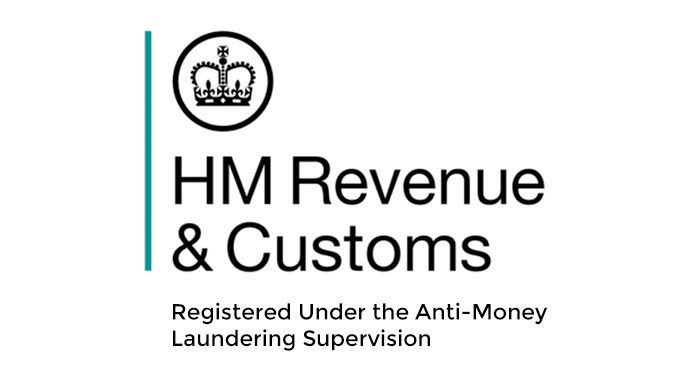Short-term lets are typically considered as being anything less than six months.
Airbnb is often credited for the rise in popularity of short-term lets. They’re regularly more comfortable and homely than a hotel, plus they’re usually cheaper.
But short-term lets aren’t just aimed at people visiting for a holiday.
They could be a contractor looking for accommodation for the term of their work; homeowners who are getting work done on their own property; or someone looking to research an area before committing to living there permanently.

So, what are the pros and cons of short-term lets?
There are, of course, some stipulations before you even start to look at short-term lets. With leasehold properties, the building’s freeholder might limit short-term lets or charge the owner extra. Furthermore, some councils can also place limits – such as a minimum term.
However, if you manage to work through the above, the good news is that landlords can earn up to 30% more yield than their buy-to-let counterparts.
Another huge plus is that short-let tenants are often using the property as an alternative to a hotel and will treat it with a similar amount of respect. In longer-term stays, people often treat the property as their home, and with that, there’s an increase in wear-and-tear.
But there are some drawbacks.
For one, your property’s location is crucial. If your property isn’t in a desirable location, you’ll go through patches with little to no income.
Desirable locations are those in city centres where investment and job opportunities are plenty.
Because of the demand in city centres for short-term lets, off-plan property investment is something investors looking into short-term lets should consider.
It makes it appealing for people taking a trip and those moving for work. However, if you’re based outside of a city centre, a long-term let might be better.
Moreover, it’s also unlikely that you’ll be able to get each let to be sequential. There may be days with no one in the property, as it’s unlikely that renters’ needs will align perfectly. Of course, there’s also the thorough cleaning that each property will need between stays – something to bear in mind when factoring in costs.
In all, short-term lets have the potential to be incredibly lucrative to a canny investor, but there are many things you need to look out for, both legally and practically. Your yield could really benefit from looking at short-term lets – but it does require extra work and cost. And, as always, your property location is key.
And while, for now, short-term lets are drawing investors in – there are calls for greater regulation on short-term lets.







